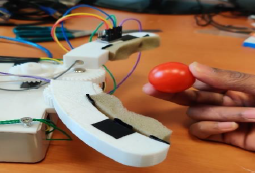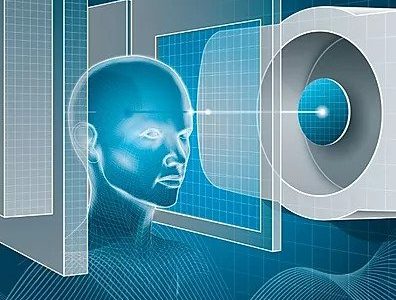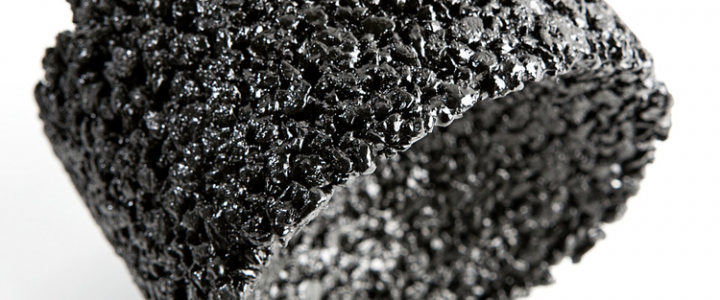| 1 YEAR (Blocks B|C) 2 YEAR (Blocks A) |
1 semester | 9 CFU |
| Marco Ceccarelli (6/9 cfu)
Matteo Russo (3/6 cfu) |
A.Y. 2021-22
A.Y. 2022-23 |
| Matteo Russo | A. Y. 2023-24 A.Y. 2024-25 |
| Code: 8039785 SSD: ING-IND/13 |
LEARNING OUTCOMES:
The aims of the course are related to explaining the modeling and algorithms for the analysis and design of the functioning of robot mechanisms in terms of mechanical performance. The students will learn how to handle the mechanics of robot by acquiring skills in analyzing and design robots for manipulation tasks in industrial and service applications.
KNOWLEDGE AND UNDERSTANDING:
during the course, problems and characteristics of robotic systems structures and operations are presented to increase students’ knowledge and to allow them to understand problems and solutions in the specific area of robotics
APPLYING KNOWLEDGE AND UNDERSTANDING:
Students are required to apply the characteristics and algorithms for the analysis of manipulations and robotizations of specific robotic systems for merit assessments and demonstrate specific presentation and discussion skills of robotics issues.
MAKING JUDGEMENTS:
Students are involved in the presentation of the modeling and in the discussion of the problems to learn to examine in an autonomous and critical way the problems of analysis of robotic systems.
COMMUNICATION SKILLS:
During the course, the students take part in the discussion of the presented topics and at the end of the course present a report of manipulation and robotization analysis of their choice.
LEARNING SKILLS:
During the course, the students are involved in the discussion for a continuous stimulus to verify the learning and presentation of robot mechanics. the learning achieved is also verified in the presentation of the elaboration of manipulation and robotization analysis of their choice
SYLLABUS:
types of robots and industrial and service applications; components, technical characteristics, and evaluation; analysis and evaluation of manipulative movements; types of manipulators; Denavit-Hartenberg’s notation; fundamentals of direct kinematics; workspace analysis, trajectory planning; fundamentals of statics and dynamics: modeling, actions, equilibrium conditions; equation of motion; fundamentals of the regulation and control of the motion; types and functionality of grippers; grasp mechanics: modeling, actions, equilibrium conditions; mobile service robots: structures and operation; parallel architecture robots; service robots for medical applications: structures and operation; preparation of performance analysis reports of a robot.




